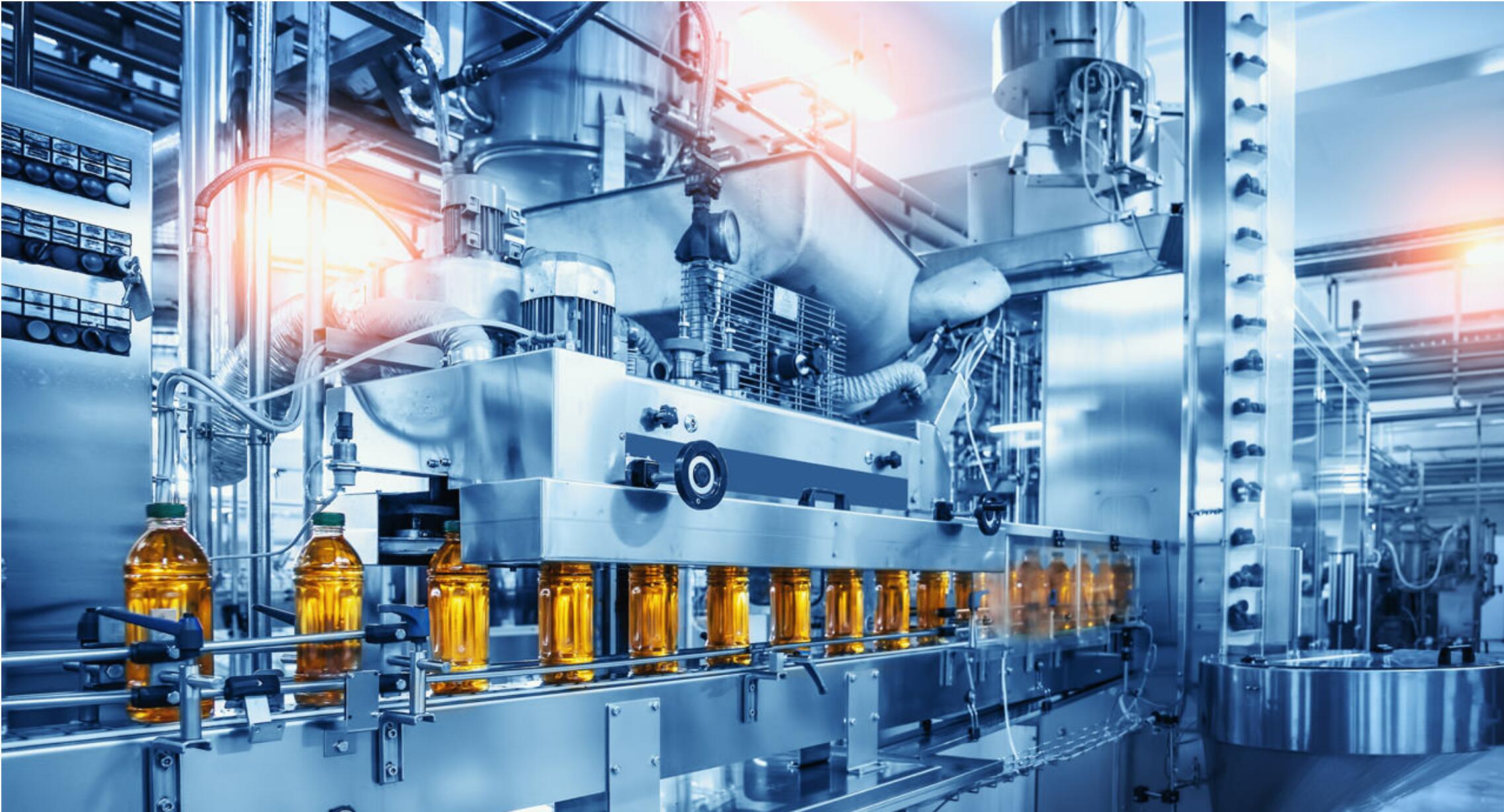









Leading Your Factory into Industry 4.0 Factory automation is going through a rapid change and advances in technical aspect to improve productivity. Procedures will see increase in efficiency and reliability for high quality output. Manual operation intervention setting will become lessen and will take place in terms of lower cost, improved quality, increased flexibility in operation as many manufacturers are looking for opportunities to upgrade their businesses to industry 4.0. |  |
 | Requirements to Enter Industry 4.0 Factory automation control often deemed as one of the important aspects of industry 4.0. IoT, real-time monitoring, data collection, and AI abilities are required as they are the essential parts to Industry 4.0. IoT provides the ability that allows vertical and horizontal communications between automation equipment. Real-time monitoring, Data collection, and AI are also functions that are required to enter Industry 4.0. HMI offers data transparency and accessibility to integrate these functions to serves as factory automation controller. |

Implementing Effective HMI Solution A powerful HMI is crucial because it simplifies operation procedures and stabilizes operation to increase productivity and decrease errors. A good HMI not only requires great connectivity that supports many kinds of communication methods, but it also needs a wide range of expansion options to apply on different factory automation applications from simple production tasks, product monitoring, to intelligent automation control to ensure system and production procedure functions properly. Moreover, rugged design that supports wide range of temperature, extraordinary performance and reliability are required in order to operate in factory automation. |  |
 | Vision-equipped IoT Controller Makes Industrial Machinery Agile and Efficient The convergence of physical and digital worlds is giving rise to the Smart Factory and a new generation of industrial machinery. This new era, known as Industry 4.0., focuses on using the Internet of Things (IoT) and cyber-physical systems to streamline manufacturing and business processes, improve versatility and precision, and boost quality and capacity. However, the challenges in turning a factory into a Smart Factory to achieve these advantages and increase overall competiveness are steep. Challenges include: The sheer variety and size of the machinery involved The complexity of distributed control systems that can include hundreds of control nodes The mulutitde of sensors and other legacy devices in isolated networks never designed for Internet connection |


Company Address:27F,#B building,Phase 1,Lily Xingcheng,Baige road No.363,Longgang disctrict,Shenzhen,China
Tel:+86-13798591729



Email:info@ktouchtech.com





